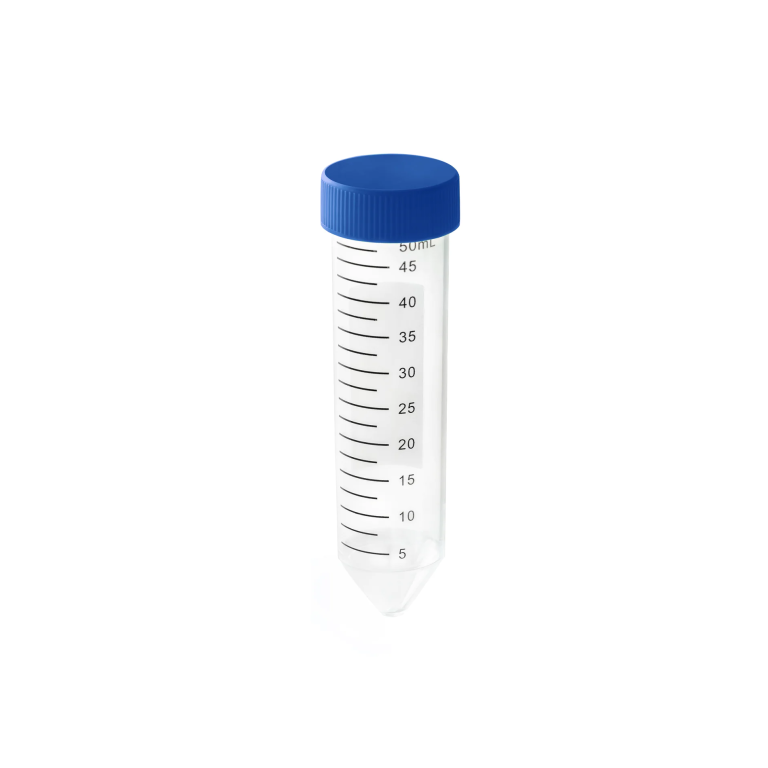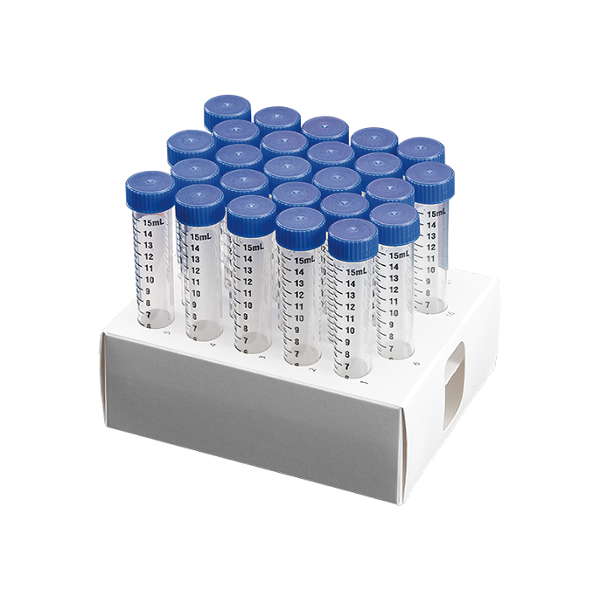The standardization and compatibility of pipette tips are critical factors that ensure accuracy, precision, and reliability in laboratory procedures. Here are key points regarding these aspects:
### Standardization
1. **Manufacturing Standards**: Pipette tips are manufactured according to specific standards to ensure consistent quality and performance. These standards often include specifications for dimensions, material quality, and sterility.
2. **Regulatory Compliance**: Many laboratories use pipette tips that meet regulatory standards such as ISO 8655, which outlines requirements for piston-operated volumetric apparatus, ensuring that pipette tips are fit for use in precise scientific applications.
3. **Quality Control**: High-quality pipette tips undergo rigorous quality control processes to check for defects, consistency in dimensions, and performance. This helps in maintaining the reliability of pipetting results across different batches of tips.
### Compatibility
1. **Brand-Specific Tips**: Most pipette manufacturers design their tips to be compatible with their own pipette models. Using brand-specific tips ensures a proper fit, which is crucial for maintaining the accuracy and precision of the pipetting process.
2. **Universal Tips**: There are also universal pipette tips available that are designed to be compatible with a wide range of pipette brands. While these can offer flexibility and cost savings, they may not always provide the same level of fit and performance as brand-specific tips.
3. **Fit and Seal**: The compatibility of pipette tips is largely determined by the fit and seal between the pipette and the tip. A poor fit can lead to air leakage, inaccurate volume measurements, and contamination. It is important to test and verify the compatibility of tips with pipettes before use.
4. **Material Compatibility**: The materials used for both pipette tips and pipettes should be chemically compatible with the substances being handled. Some chemicals can degrade the plastic of the pipette tips, affecting their performance and leading to contamination.
### Ensuring Compatibility
1. **Testing**: Laboratories often perform tests to ensure that the chosen pipette tips are compatible with their pipettes. This includes checking for a proper fit, secure sealing, and consistent performance across multiple uses.
2. **Vendor Collaboration**: Working with trusted vendors and manufacturers can help ensure that the pipette tips meet the necessary standards and are compatible with the laboratory’s existing equipment.
3. **Documentation and Training**: Proper documentation and training on the use of specific pipette tips and pipettes can help laboratory personnel ensure that they are using the right tips for their applications, thereby maintaining the integrity of their experiments.
By adhering to standardization and ensuring compatibility, laboratories can achieve more reliable and reproducible results, which are essential for high-quality scientific research and diagnostics.


